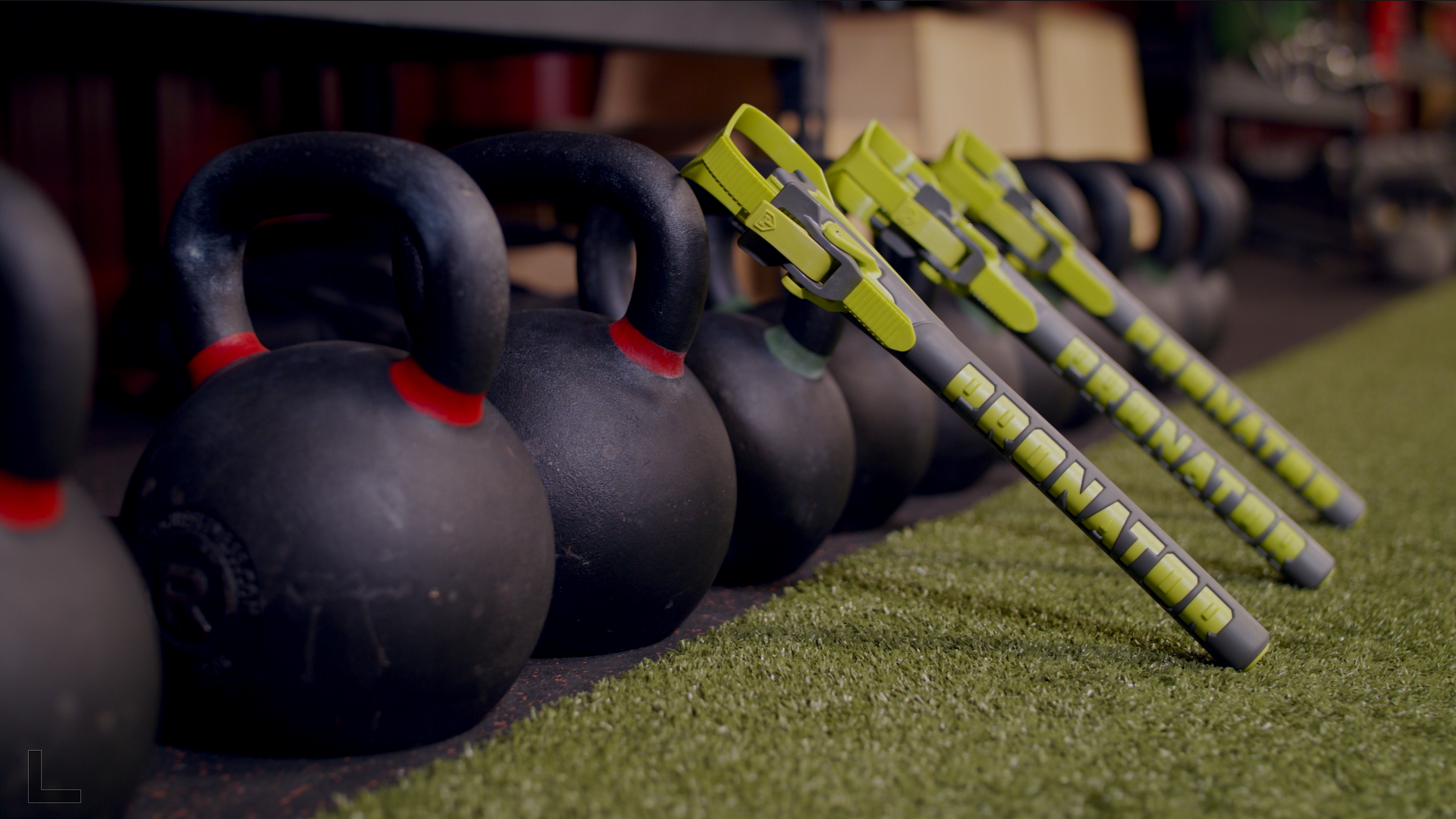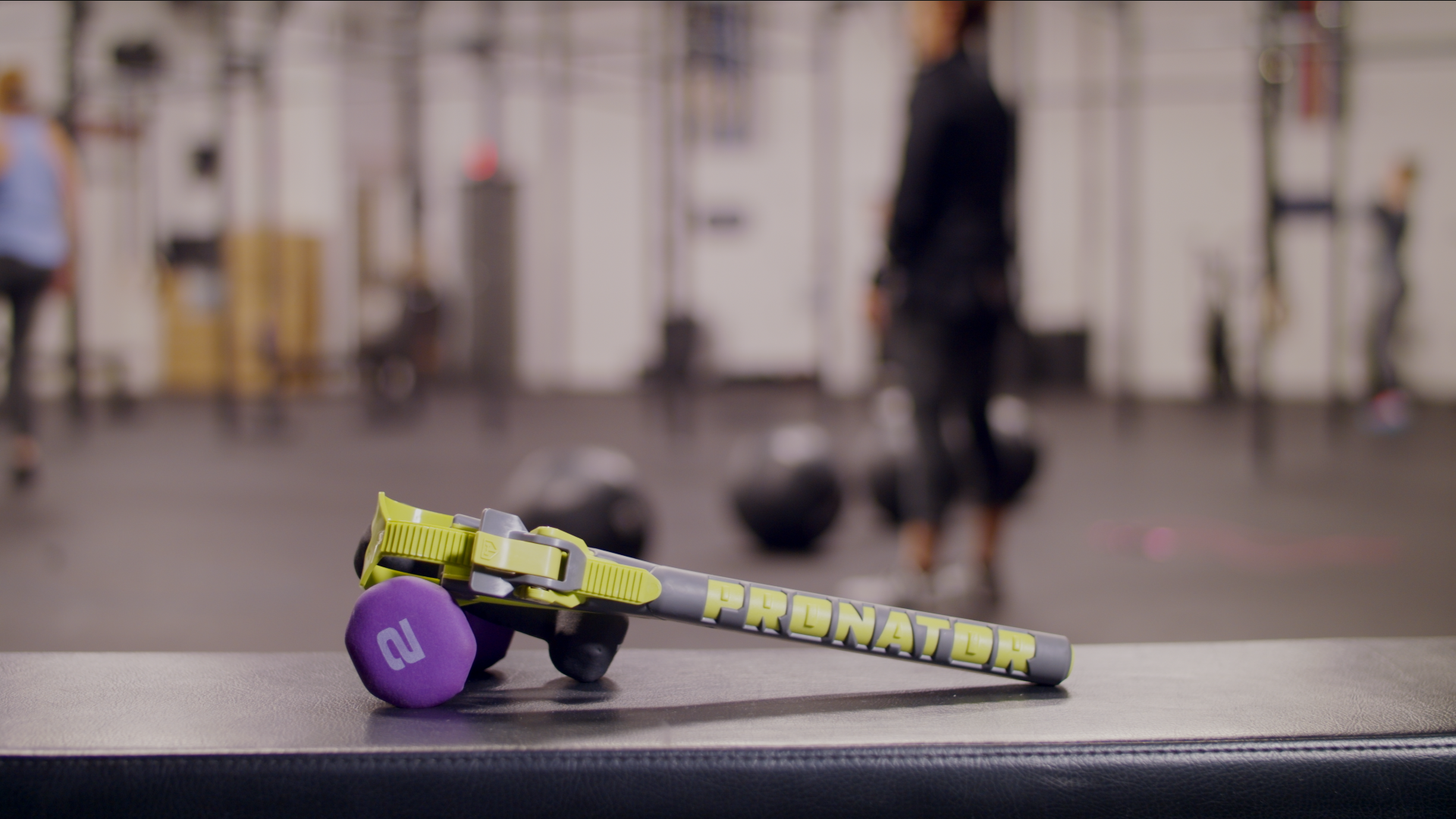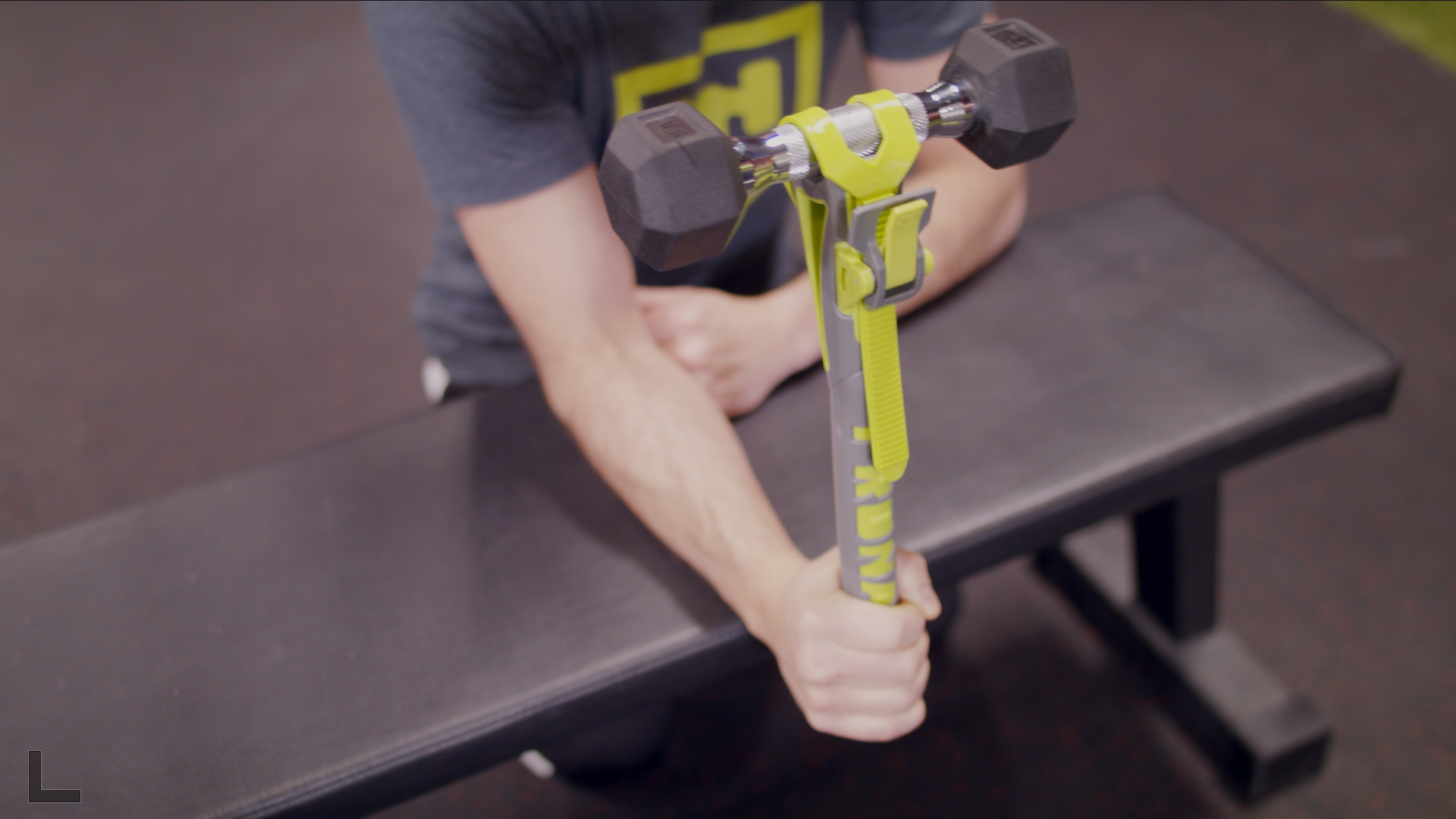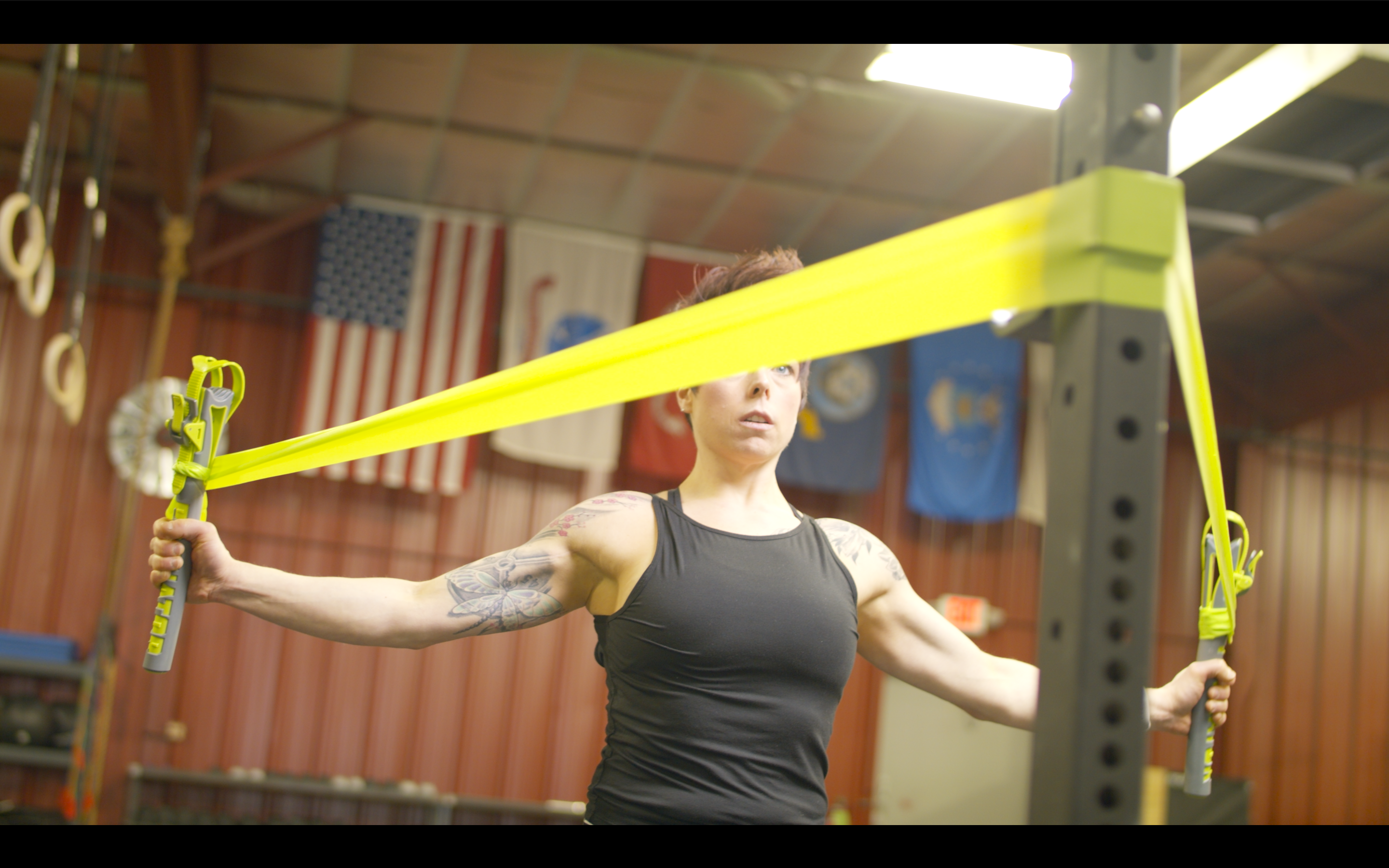 October 14, 2023
October 14, 2023
How can I train my pronator at home?
Training the pronator muscles at home is essential for improving forearm strength, enhancing wrist stability, and supporting overall upper limb function. In this post, we will explore various exercises and techniques to effectively train your pronator muscles at home, using minimal equipment and practical methods.
Introduction
The pronator muscles, located in the forearm, are responsible for rotating the forearm and turning the palm downwards. Strengthening these muscles is crucial for activities that require robust grip strength, such as sports, weightlifting, and even daily tasks like opening jars or turning keys. Here, we’ll delve into simple yet effective exercises you can perform at home to strengthen your pronator muscles.
Understanding the Pronator Muscles
Before we jump into the exercises, let’s understand the pronator muscles’ anatomy and function. The two main muscles are:
- Pronator Teres: This muscle starts near the elbow and runs diagonally across the forearm.
- Pronator Quadratus: Located near the wrist, it’s a deeper muscle, essential for the pronation of the forearm.
Effective Exercises to Train Your Pronator Muscles at Home
1. Dumbbell Pronation and Supination
- How to Do It: Hold a dumbbell vertically in one hand, resting your elbow on your knee. Rotate your wrist to turn the dumbbell inwards and then outwards.
- Frequency: 2-3 sets of 10-15 repetitions on each side.
- Benefits: Specifically targets the pronator and supinator muscles, enhancing rotational strength.
2. Wrist Roller
- Equipment: A wrist roller or a homemade version using a rod and a rope with a weight.
- How to Do It: Hold the wrist roller with both hands and roll it to lift the weight, then slowly lower it.
- Frequency: 3 sets of rolling up and down.
- Benefits: Strengthens the entire forearm, including the pronator muscles.
3. Resistance Band Pronation
- Equipment: A resistance band.
- How to Do It: Secure the band around a fixed object and loop the other end around your hand. Rotate your wrist inward against the band’s resistance.
- Frequency: 2-3 sets of 12-15 repetitions each arm.
- Benefits: Improves pronator muscle strength and endurance.
4. Towel Wring
- Equipment: A hand towel.
- How to Do It: Hold the towel with both hands and twist it as if wringing out water, alternate the twisting direction.
- Frequency: 3 sets of 10-15 twists in each direction.
- Benefits: Mimics the pronation motion, engaging and strengthening the pronator muscles.
5. Hammer Curls
- Equipment: A pair of dumbbells or a substitute like water bottles.
- How to Do It: Hold the weights with palms facing each other and perform a bicep curl.
- Frequency: 3 sets of 10-12 repetitions.
- Benefits: While primarily a bicep exercise, hammer curls also engage the pronator muscles.
6. Forearm Pronation with a Stick
- Equipment: A stick or a long handle.
- How to Do It: Hold the stick vertically with one hand, support the elbow with the other hand, and rotate the stick inward and outward.
- Frequency: 2-3 sets of 15-20 repetitions each arm.
- Benefits: This exercise focuses on the pronation and supination movement, targeting the pronator muscles.
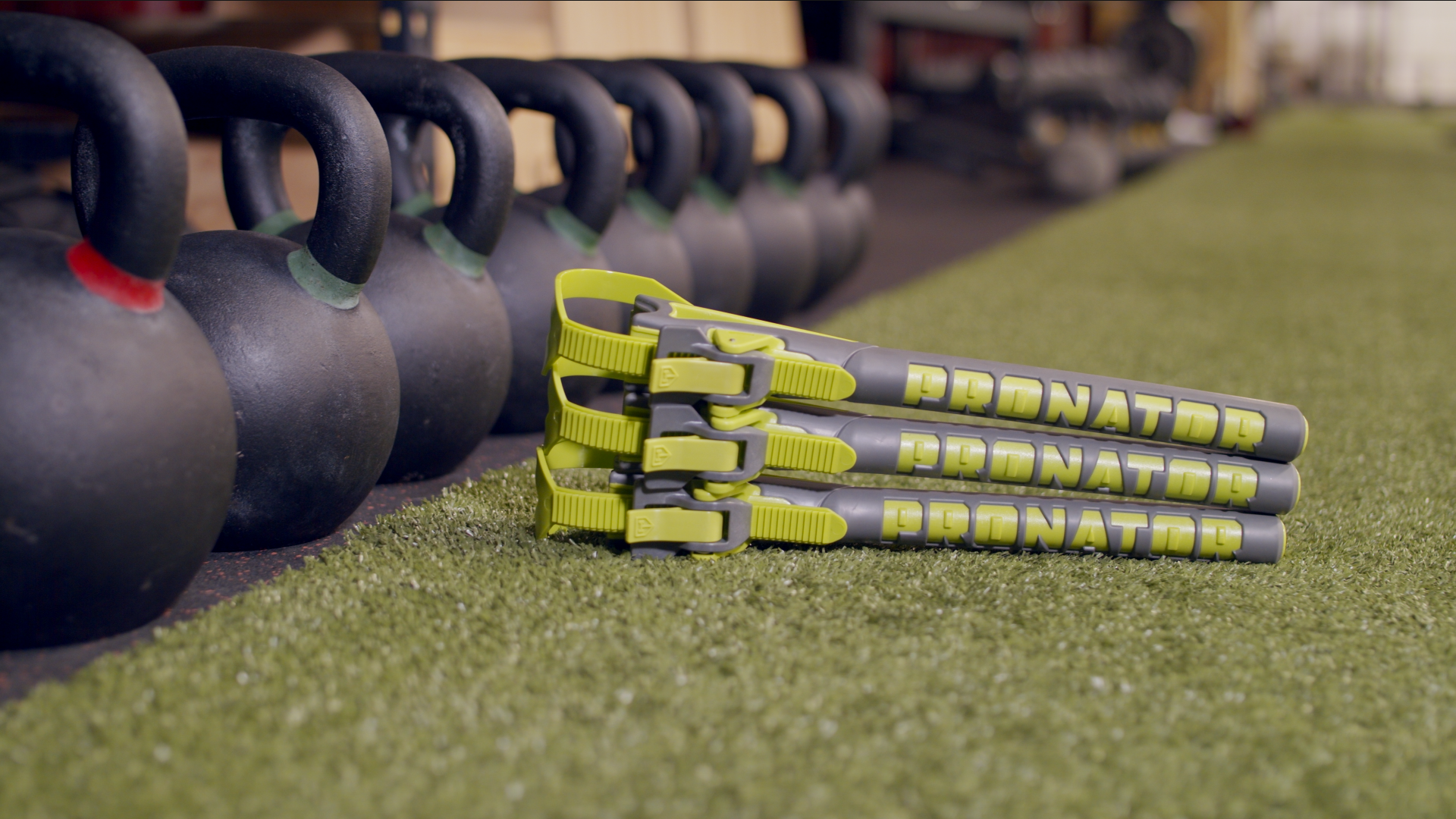
Tips for Effective Training
To get the most out of your pronator muscle training at home, consider these tips:
- Consistency Is Key: Regular training is essential for building strength.
- Focus on Form: Proper technique ensures targeted muscle engagement and reduces injury risk.
- Progressive Overload: Gradually increase the resistance or reps to challenge your muscles.
- Balanced Training: Train both pronator and supinator muscles for balanced forearm development.
- Listen to Your Body: Avoid pushing through pain, and adapt exercises if needed.
Common Mistakes to Avoid
When training your pronator muscles at home, avoid these common pitfalls:
- Overtraining: Doing too much too soon can lead to strain or injury.
- Ignoring Pain: If an exercise causes discomfort or pain, stop and reassess your technique or the weight used.
- Neglecting Other Muscle Groups: Focusing solely on the pronator muscles can lead to imbalances; ensure you’re training your entire arm and upper body.
Additional Techniques to Support Pronator Training
Alongside exercises, consider these additional techniques to support your training:
- Stretching: Regularly stretch your forearms and wrists to improve flexibility and prevent tightness.
- Massage: Use a foam roller or massage ball to relieve muscle tension in the forearms.
- Heat Therapy: Applying heat can relax muscles and improve blood flow, aiding in recovery.
When to Seek Professional Advice
If you experience persistent pain or discomfort during exercises, or if you’re recovering from an injury, it’s advisable to consult with a healthcare professional or a physical therapist. They can provide:
- Personalized Exercise Programs: Tailored to your specific needs and conditions.
- Guidance on Technique: Ensuring you’re performing exercises correctly.
- Rehabilitation Strategies: If recovering from an injury or surgery.
Conclusion
Training your pronator muscles at home can be an effective way to enhance forearm strength, improve function, and prevent injuries. By incorporating a variety of exercises, focusing on proper technique, and listening to your body, you can achieve significant improvements in your pronator muscle strength. Remember, balance and consistency in your training regimen are crucial for optimal results. If you encounter any challenges or pain, don’t hesitate to seek professional guidance to ensure you’re on the right track to strengthening your pronator muscles safely and effectively.
THE PRONATORStarts at JUST $74.95!
- 1 Year FULL WARRANTY
- Used by NCAA, NFL, NBA & MLB
- Customer Satisfaction Guarentee

